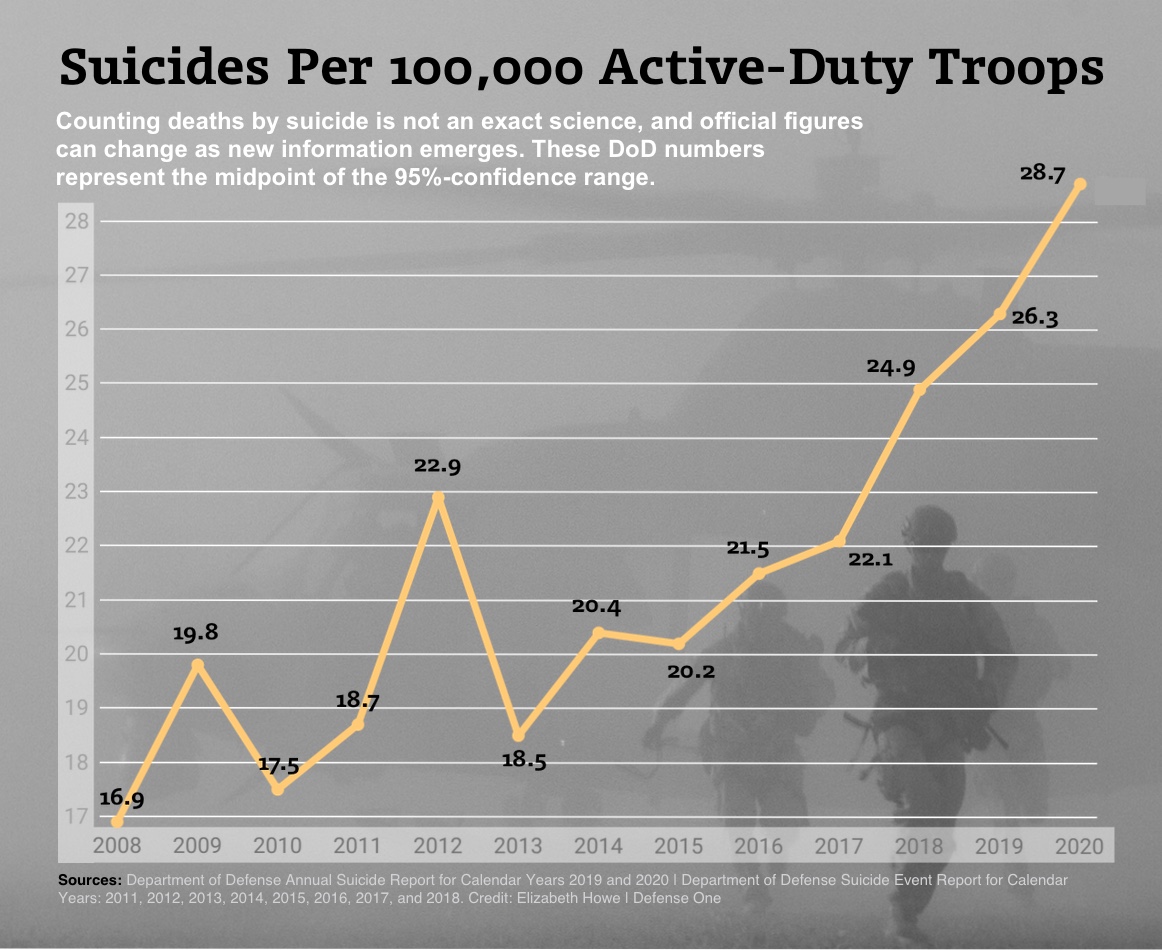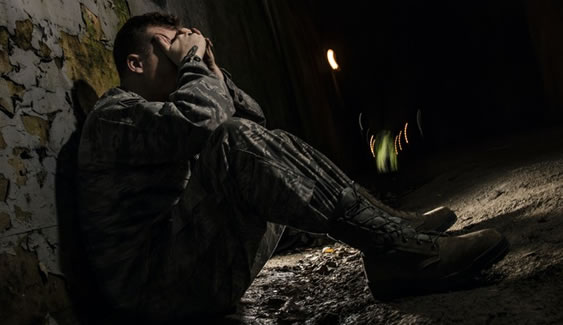The Mission of The Brandon Act is to save the lives of our Military Service Members, Military Families, and children.
The protection of the men and women who have dedicated their lives to serve this great Nation is desperately needed. The Brandon Act will protect the health and well-being of our Military Force through the early identification and intervention of problems they face on a daily basis.

The men and women face systemic problems every day and it is only escalating. The number of suicides, sexual assaults, murders, domestic violence/abuse, child abuse, bullying, hazing, incidents of toxic abusive leadership in commands, and many other issues have only gone up, not down. It is The Brandon Act’s mission to get our service members the help they need when they need it without retaliation from their commands and leadership. It will allow proper investigations to include criminal investigations and will allow service members to leave their toxic abusive commands and will hold anyone accountable for their actions when appropriate.
The rate among soldiers was nearly double that of sailors, DOD’s annual suicide report found.
The suicide rate for active-duty troops rose to 28.7 per 100,000 last year, up from 26.3 the previous year, according to the latest edition of an annual Defense Department report. This is the highest rate since the Pentagon began keeping detailed records in 2008.
The year-over-year change to the suicide count is not “a huge increase” but the increase to the rate over time is “cause for concern and there needs to be renewed focus to specific suicide-prevention intatives,” said Julie Cerel, who leads the Suicide Prevention and Exposure Lab at the University of Kentucky. “What they have been doing hasn’t been working and they need to do something different and more sustained.”
Counting deaths by suicide is not an exact science, and official tallies can change as new information emerges. In statistical terms, the figure given as each year’s rate represents the midpoint of the 95%-confidence range. That’s why Karin Orvis, who leads DoD’s Defense Suicide Prevention Office, said the rates in 2019 and 2020 are “statistically comparable.”

Our mission is to stop the suicide epidemic in the Armed Forces. It’s time to defend our defenders. One suicide is too many!
We are working to make Military suicide prevention and veteran suicide prevention a top priority of leaders at the Defense Department and the Department of Veterans Affairs.
the warning signs of suicide
- Talking about wanting to die
- Looking for ways to die
- Talking about feeling hopeless and having no purpose
- Talking about feeling trapped or being in unbearable pain
- Talking about being a burden to others
- Increasing use of alcohol or drugs
- Acting anxious or agitated, or behaving recklessly
- Sleeping too little or too much
- Withdrawing or feeling isolated
- Showing rage or talking about seeking revenge
- Displaying mood swings
If you’re worried a friend or family member might be suicidal
- Remain calm
- Listen more than you speak
- Maintain eye contact
- Act with confidence
- Don’t argue
- Use open body language
- Limit questions to casual information gathering
- Use supportive and encouraging comments
- Be as honest and upfront as possible

Reach Out for Support
Military service members’ lives are very different from the lives of civilians. Service members may be subject to frequent relocations, overseas deployments, and stressful experiences related to combat and significant time away from their families. Everyone reacts to stress and traumatic experiences differently, and while some have reactions that can be seen as normal responses to life events, others may experience signs or symptoms of more serious conditions, including depression, traumatic brain injury, or posttraumatic stress disorder. Those coping with more serious concerns may feel like there is no escape from their difficulties.


